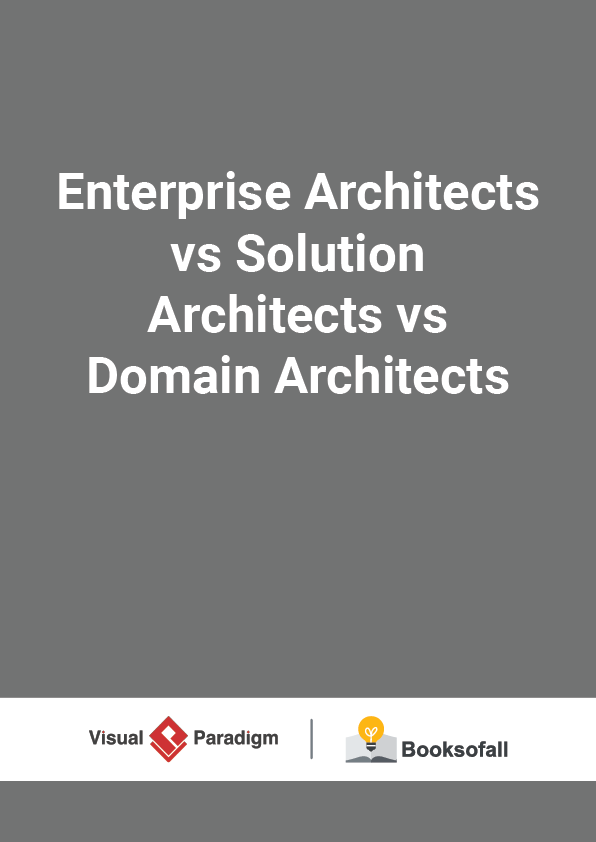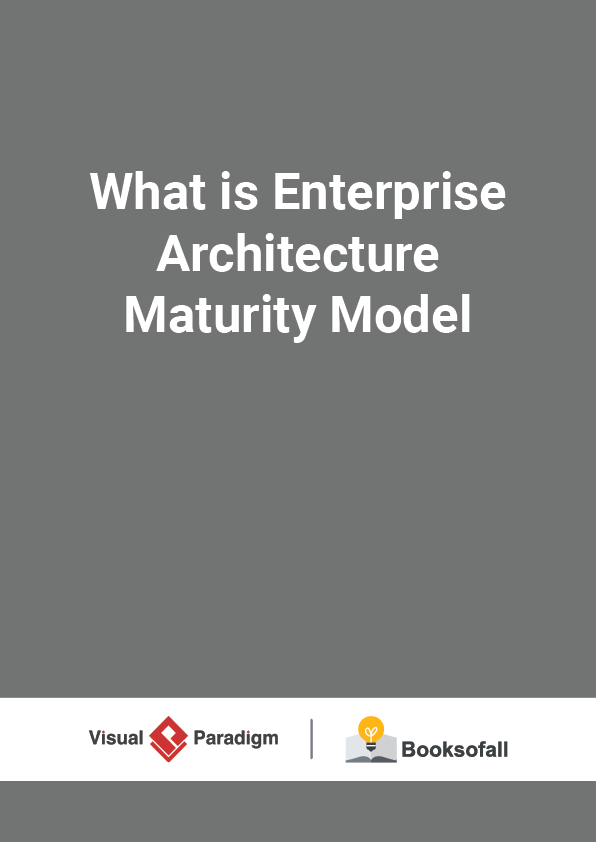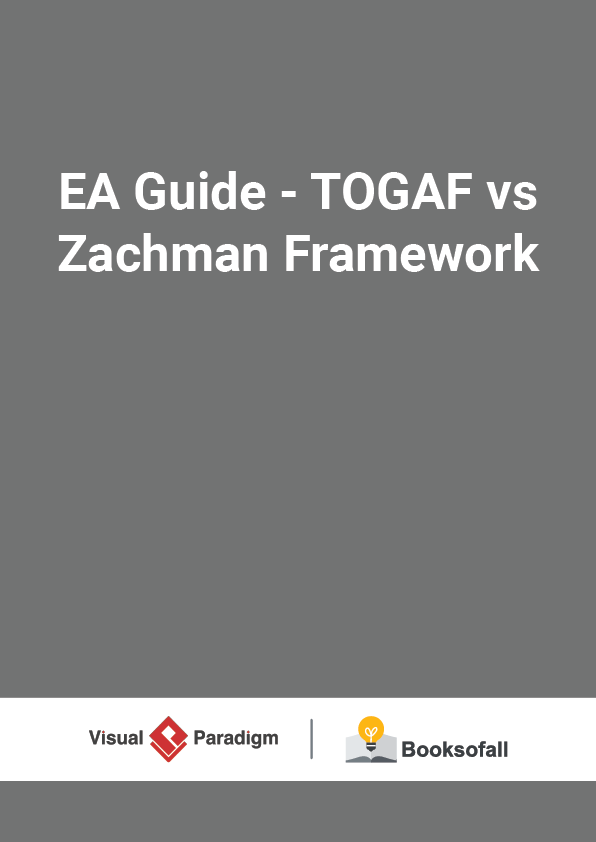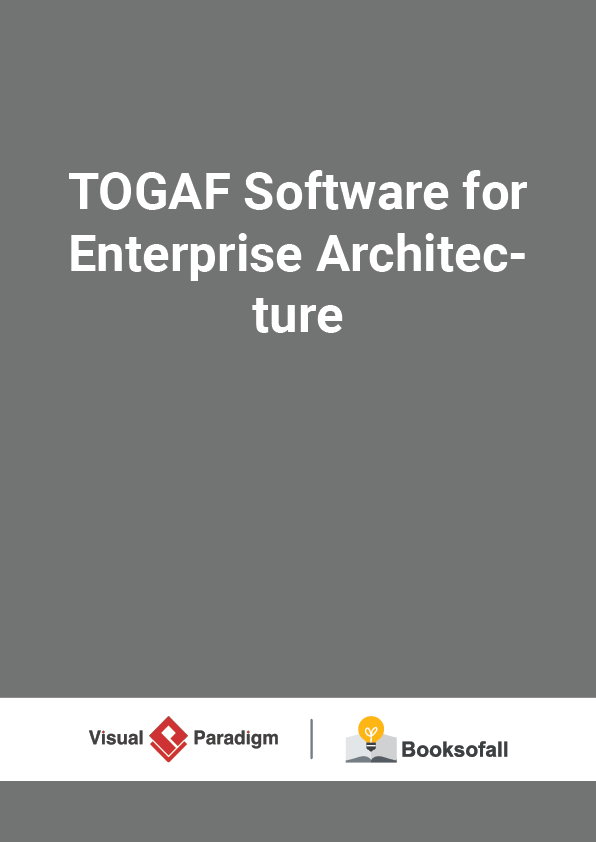Enterprise Architects vs Solution Architects vs Domain Architects
5-7 minutes
Enterprise architecture is regarded as one of the key ways of achieving competitive advantage through information technology. There is a growing demand to reduce costs, increase flexibility, and regulate technology environments.
Enterprise architecture can be conceptually divided into different architectural layers that involve Business Architecture and IT Architecture (Data, Application and Technology Architecture).
Solution architecture then takes a problem, and proposes building blocks to solve it. It often reuses other elements made available by the Enterprise Architecture (Enterprise Building Blocks, Enterprise Capabilities, Architectural standards and guidelines)
Thus, there are a number of different roles & responsibilities of Enterprise Architects working in the Enterprise Architecture team and elsewhere in the organization. However, people may confuse with these roles and responsibilities, for example, an enterprise architect is sometimes confused with solution architect, or technical architect mix up with the role of infrastructure architect. This is because not only their positions sound similar, the responsibilities partially overlap as well. Yet, each role is essential for the success of a project and could not be substituted by another position. Let’s look at their differences more precisely in this article.
Four Architecture Domains
Enterprise architecture guides your organization’s business, information, process, and technology decisions to enable it to execute its business strategy and meet customer needs. There are typically four architecture domains and they are often interconnected:
Business Architecture describes how the enterprise is organizationally structured and what functional capabilities are necessary to deliver the business vision. Business architecture addresses the questions WHAT and WHO:
- WHAT is the organization’s business vision, strategy, and objectives that guide the creation of business services or capabilities?
- WHO is executing defined business services or capabilities?
Application architecture describes the individual applications, their interactions, and their relationships to the core business processes of the organization. Application architecture addresses the question HOW:
HOW are previously defined as business services or capabilities implemented?
Data architecture describes the structure of an organization’s logical and physical data assets and data management resources. Knowledge about your customers from data analytics lets you improve and continuously evolving business processes.











